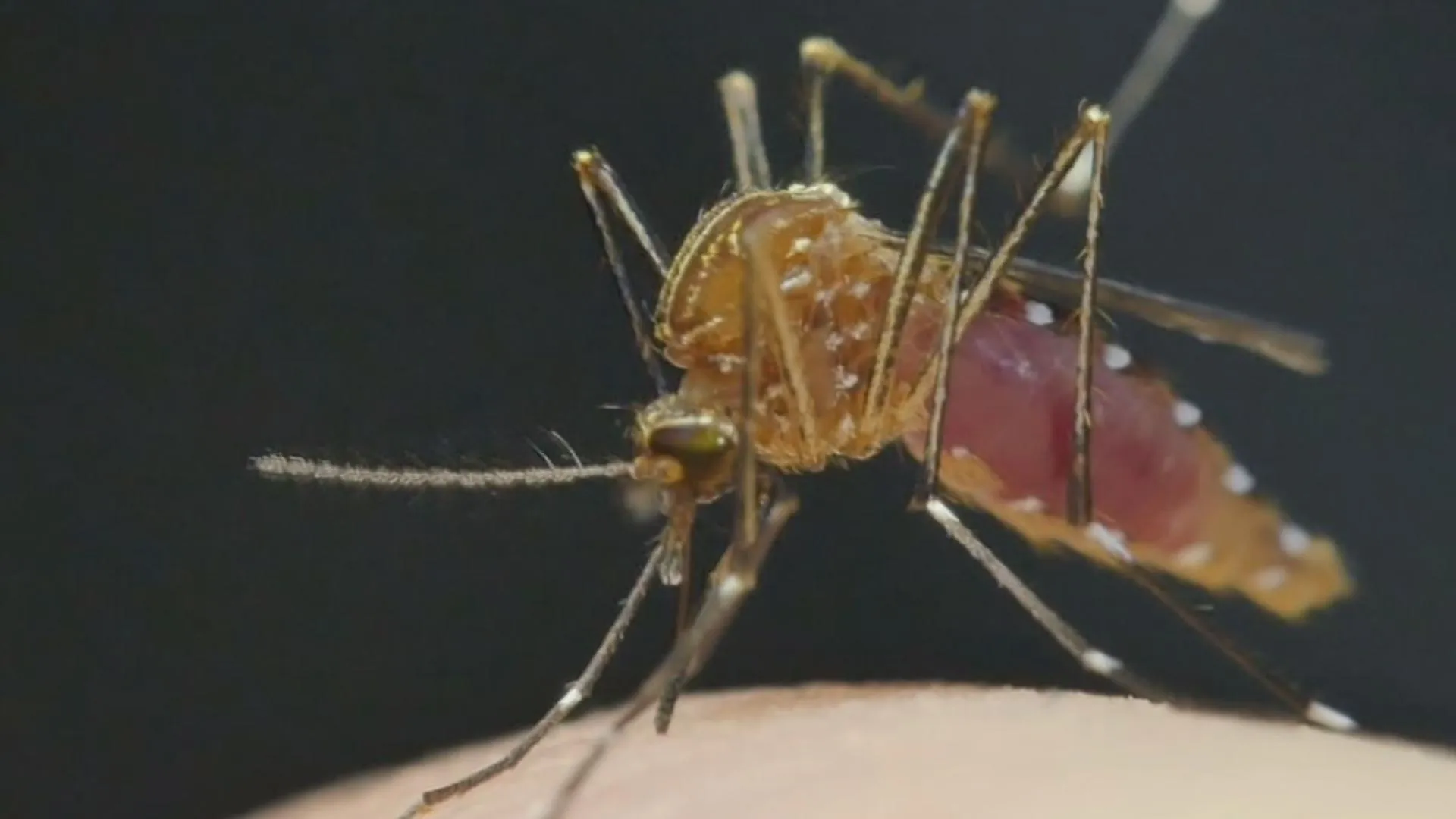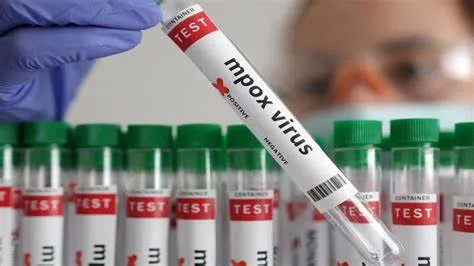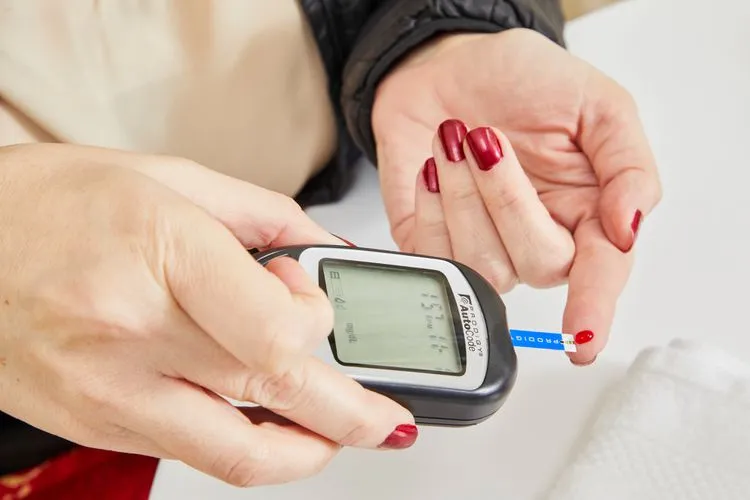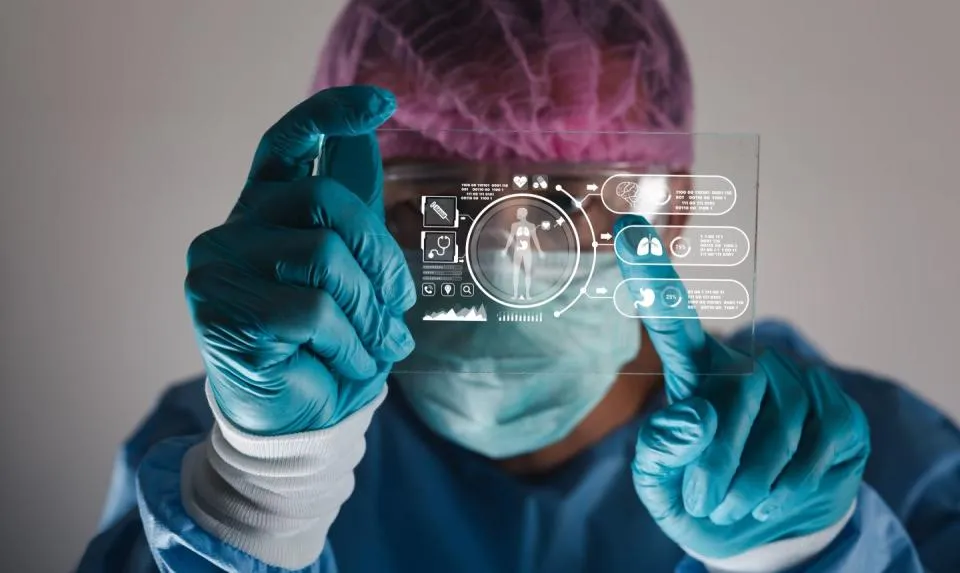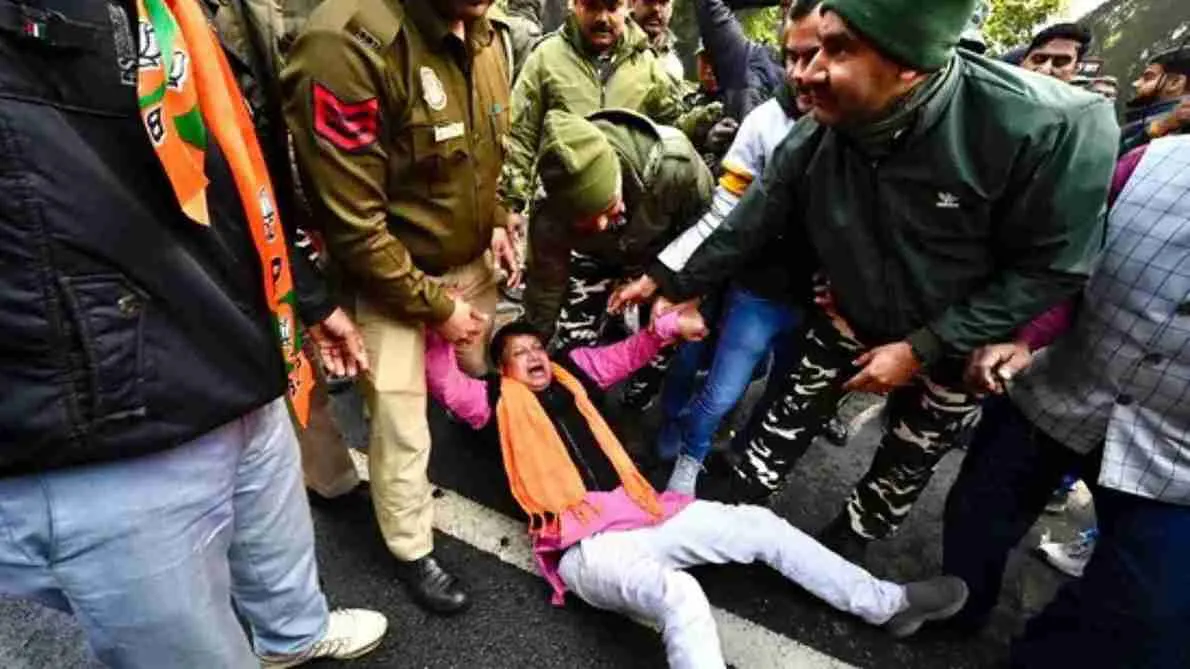COVID–19 is a respiratory disease which predominantly affects the human lungs. It is widely considered to be lethal for patients with comorbidities like diabetes and heart problems. Studies are now being conducted to know the long-term complications and impact from the virus as there have been widespread concerns about stroke risk being one of the complications from the disease.
Stroke is caused when a part of the brain does not get enough blood supply. The brain tissues start dying as they are devoid of necessary nutrients and oxygen. Strokes are generally caused because of a blocked blood vessel (Ischemic stroke) or due to bursting or a leakage of a blood vessel (Haemorrhage stroke). Though recent numbers published by American Heart Association suggest that there isn’t any connection between COVID–19 and an increasing stroke risk, we should keep a close eye on other stroke risk factors that may get heightened due to COVID–19.
COVID-19 CAN BE A RISK FACTOR
Risk factors of stroke amplified by COVID-19 include hypertension and clotting of blood, making it important for people who are already at risk of strokes to take additional precautions if they contract COVID-19. Recent studies have proved that initial suggestions around COVID-19 that it only affected the lungs, were premature. The virus has some other symptoms as well on the body and researchers are trying to find all the information about the disease and how it adds up to other health conditions.
National Centre of Biotechnological Studies have found out that COVID–19 results in a prothrombotic state which results in both arterial and venous thrombosis. Thrombosis is when blood clots block your blood vessel. This state may result in blockage of a vessel leading to brain and cause a stroke. While examining this data, we should keep in mind that the time elapsed since COVID-19 came into force and the data in hand at present might not give an entirely accurate picture.
Additionally, studies show that hypertension maybe caused as an effect of COVID–19, which again, increases the risk of stroke in COVID-19 patients. It is now clear that COVID–19 can cause thickening of blood and may lead to various conditions and complications like thrombosis and high blood pressure which may increase the probability of a stroke.
It is essential to keep a close eye on coronavirus affected people and keep on monitoring their pulse rate and blood pressure.
HOW TO DEAL WITH STROKE PATIENTS
F.A.S.T. technique can be employed to give someone an initial examination for stroke. It stands for Facial Weakness, Arms Weakness, Speech Problems, Time Elapsed. We shouldn’t waste time as we ask the patient to smile, raise their hands and repeat a sentence. In case they are unable to follow; immediate medical attention needs to be provided.
We must keep in mind that the risk of stroke is manageable by taking precautions and managing a healthy lifestyle. For people with prior hypertension, it is essential to keep on monitoring their vital signs regularly and report any discrepancy to your physicians. People with other comorbidities will need to keep their conditions in check as they may give rise to further complications like stroke.
COVID-19 is still a mystery in a lot of aspects. It is impossible to know all the complications and the long-term effects of the disease in such a short time; but what we can do is take all the necessary precautions to avoid any life-threatening scenarios. It is necessary for us to know the proper precautions and action plan if someone we know is suffering a stroke and act on it when the need arises.
(Disclaimer: The information provided in the article is for educational purposes only, and not meant to provide any medical or clinical advice.)
The author is a , Director: Cardiac Pacing & Electrophysiology, Fortis Escorts Heart Institute, New Delhi



